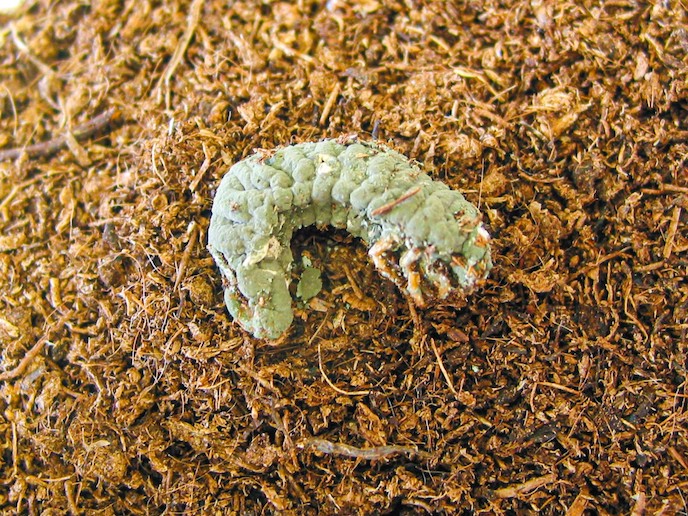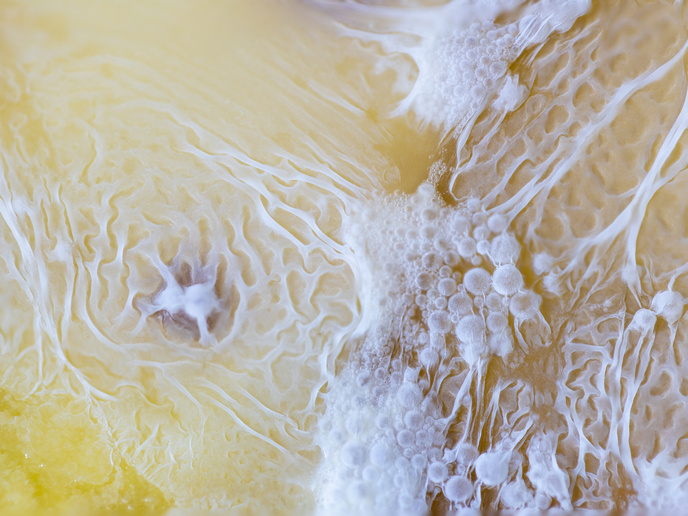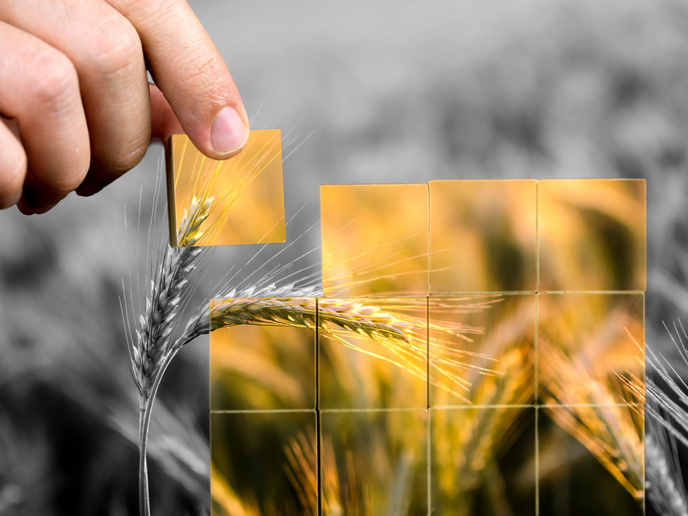Improving knowledge on insect-preying fungi a key to biological pest control
Manufacturers are already producing biological pest control products based on particular species of fungi that infect certain insect pests in soil. But the efficacy and reliability of these biological agents can be further improved to widen their applicability. “What we would like to understand better, and to improve pest control, is how these fungi behave in nature and, in general, how they control insects,” says INMIfungi project coordinator Jürg Enkerli, senior scientist at Agroscope(opens in new window), the Swiss federal government’s agricultural research centre. “Insect pathogenic fungi develop well in certain environments while in others they are barely present,” he notes. The project team wanted to know how different land-use types, and the prevalent chemical and physical soil factors, affect abundance and community composition of Metarhizium, an insect-pathogenic fungal genus present in many areas in Europe.
Metarhizium abundance and diversity
Metarhizium was isolated from soil samples collected from 30 sites from the Swiss Soil Monitoring Network (NABO)(opens in new window) representing three different land-use types – forest, grassland and arable land. The scientists measured the abundance and diversity of the fungus by looking at the number of genotypes in each soil sample. They found that land-use type affects the abundance as well as the community composition. Metarhizium abundance was highest in grassland. “We also found a very specific Metarhizium community in forests which was different compared to grassland and arable land,” Enkerli says. “This makes sense, because forests represent a very particular environment with less sunlight, usually cool temperatures and characteristic soil types and plant communities,” Enkerli explains. They also looked at various soil factors that might be responsible for this difference, and found the carbon-nitrogen (C:N) ratio in those soil samples is an important factor, among others. The C:N ratio in forests is higher than in grassland and arable land. “Biological control seeks to regulate the pest population rather than wiping it out. So if, for example, we find a strain that performs well in a specific land-use type, pest control could be improved by using adapted biocontrol strains,” he adds.
New method of identifying arthropod populations
Soil arthropods, mostly insects as well as mites, are natural hosts for fungi such as Metarhizium. Scientists believe large and diverse populations of soil arthropods may be an important factor for the development of this fungal population. However, the absence of methods to look at arthropod populations in the soil rather than individual arthropods, limited such research in the past. The INMIfungi team, with funding from the Marie Skłodowska-Curie Actions programme(opens in new window), also established a methodology to study micro-arthropod populations which are barely visible to the naked eye. They used a MacFadyen device(opens in new window) which slowly increases the temperature of soil samples. “As in nature, arthropods try to escape and can be collected when moving out of the soil sample and fall into a collection device,” he explains. Hundreds of different arthropod species are extracted in this way and are ground up together. The DNA is extracted, and marker genes isolated and sequenced, generating thousands of sequences. This method allows larger arthropod communities and their effects on the development of fungi like Metarhizium to be assessed and provides additional ecological information for their use in biological pest control.







